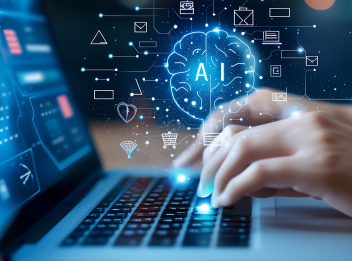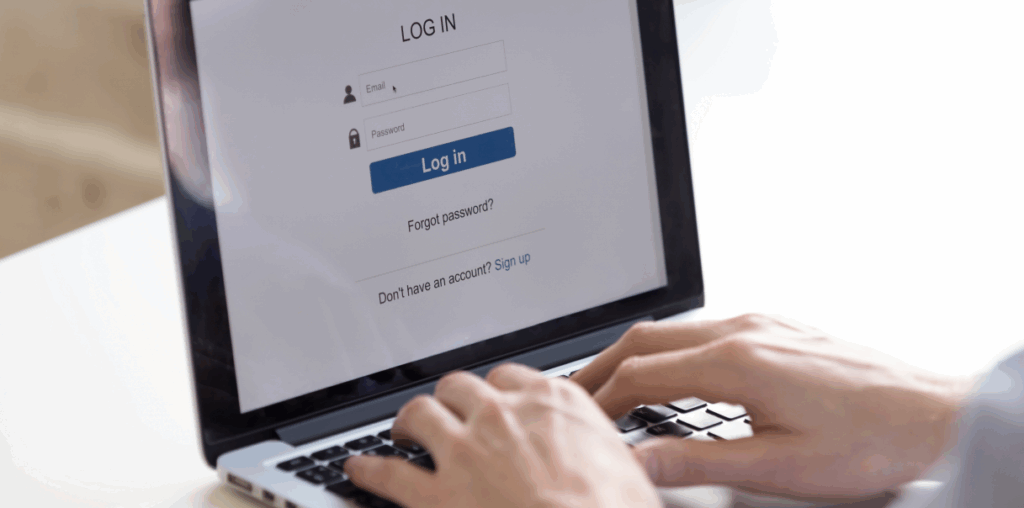Artificial intelligence (AI) is quickly changing how businesses operate, offering automation, efficiency, and data-driven insights. However, AI-driven tools also introduce new cybersecurity risks that businesses should be aware of.
On one hand, AI enhances security by detecting threats faster, but on the other, cybercriminals are leveraging AI to create more advanced and harder-to-detect attacks. For small businesses to large enterprises, understanding the cybersecurity implications of AI is critical to staying protected and taking a proactive approach to cybersecurity.
How AI Can Enhance Cybersecurity
AI-powered security solutions help businesses strengthen their defences by:
- Automating Threat Detection: AI scans networks in real-time, identifying anomalies and potential cyber threats before they escalate.
- Enhancing Fraud Detection: AI-driven analysis helps detect fraudulent activity by recognizing patterns in transactions and user behaviours.
- Improving Incident Response: AI systems can automate security responses, such as isolating infected devices or blocking malicious traffic.
But, despite these benefits, AI can become a target for cybercriminals looking to exploit its capabilities.
Understanding The Security Risks of AI-Driven Tools
While AI strengthens cybersecurity, it also introduces unique risks, including:
- AI-Powered Cyberattacks: Hackers can use AI to develop smarter malware, automate phishing campaigns, and bypass traditional security measures.
- Data Poisoning Attacks: Cybercriminals can manipulate the data AI models rely on, leading to inaccurate predictions and security vulnerabilities.
- Model Inversion Attacks: Hackers will attempt to get sensitive information from AI models, potentially exposing confidential business data.
- Bias and False Positives: Poorly trained AI models can misidentify threats, leading to inefficiencies in security operations.
Combat Threats With Best Practices for Securing AI-Driven Tools
As AI-driven threats become more advanced, businesses must take proactive steps to secure their AI-powered tools. Here’s how:
1. Conduct Regular AI Model Audits
Routine security assessments ensure that AI models are functioning correctly and are not vulnerable to external manipulation. Audits are great for identifying weaknesses in AI-driven tools, and ensuring they are used ethically and securely.
2. Protect AI Training Data
Since AI models rely on large datasets, ensuring data integrity is crucial. Businesses must safeguard their AI training data to prevent data poisoning attacks that could distort results or introduce security gaps. Implementing encryption and access controls can help protect this critical data.
3. Deploy AI-Driven Threat Detection
AI-based security tools provide real-time monitoring and automated responses to potential cyber threats. By leveraging AI in cybersecurity, businesses can detect anomalies, prevent breaches, and respond to incidents faster than traditional methods.
4. Strengthen Access Controls and Authentication
Limiting access to AI models and implementing multi-factor authentication (MFA) prevents unauthorized users from manipulating AI systems. Role-based access also ensures that only qualified personnel can adjust AI algorithms and datasets.
5. Work With a Trusted Managed IT Provider
Cybersecurity is constantly evolving, and working with a managed IT provider like PartnerIT ensures your business can stay ahead of new threats and be prepared. You can rely on our cybersecurity team to implement AI security solutions, monitor potential risks, and provide expert guidance on best practices.
The Future of AI and Cybersecurity
=AI-driven tools offer significant benefits, but they also come with cybersecurity challenges. Businesses that proactively address AI security risks can maximize the advantages of AI while keeping their data and operations secure. By combining AI-powered security solutions with strong cybersecurity practices, your business can stay ahead of emerging threats and maintain a resilient digital infrastructure.



